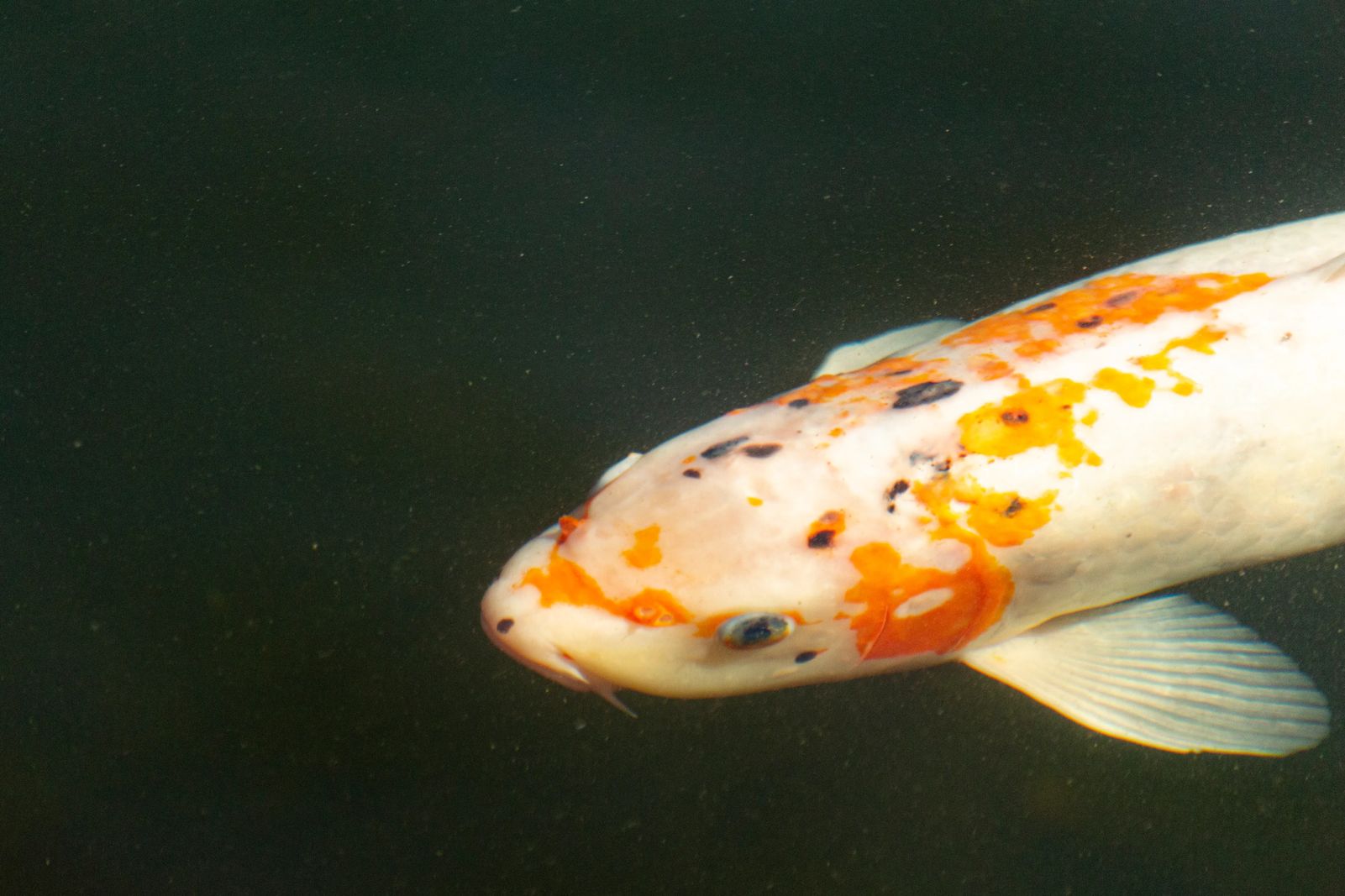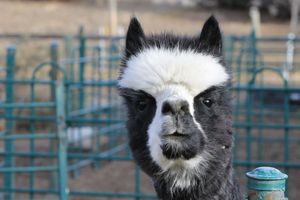
Koi
Cyprinus rubrofuscus
Koi are related to the common carp that we know today, and the word “koi” comes from the Japanese word for “carp”. Although no one knows for sure the origin of the koi, it is thought that in the 19th century, in Japan, wild carp were caught and bred by rice farmers as a source of food throughout the winter. The modern-day colors that we see on koi fish today are due to mutations that occurred long ago that caused the carp to change color. Many farmers thought the colors were pretty and chose to continue breeding them for this beauty and domestication. Today, koi fish come in multiple different patterns including orange, white, black, red, and even some that appear yellow and blue. Koi fish are omnivores and will typically be fed different brands of pellets, but in the wild, they will eat whatever is accessible where they are including algae, insects, worms, and other organisms found in their water. Their eating patterns are often dependent on the temperature of the water, in warm water they move faster and need to eat more, and in the winter, they move slower and need to eat less. Koi fish can survive the winter by going through a dormant state called torpor, where they slow their body down due to lack of resources.
Click HERE for a Koi Activity Sheet!
Our Current Residents
The Koi School
Our koi pond is home to up to 70 different individuals and is cared for by the Billings Water Skipper Pond Club. The pond is located in between the Barn and Bison habitats. Since the koi pond is outside, viewing may be limited due to the weather conditions.
Taxonomy
- Kingdom: Animalia
- Phylum: Chordata
- Class: Actinopterygii
- Order: Cypriniformes
- Family: Cyprinidae
- Genus: Cyprinus
- Species: Cyprinus rubrofuscus
Animal Facts
Omnivore: mainly eat algae, insects, worms, larvae, seeds, crustaceans, and vegetation
Population Status: currently listed as Vulnerable
Habitat: fresh bodies of water
Activity: diurnal- mainly active during the day

















































